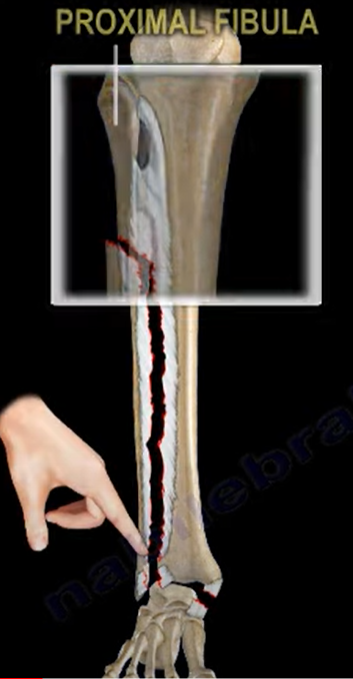Low back pain is very common, and the majority of the patients get better with time. The ideal patient will get better with time and has no radiation below the knee, no history of trauma, no fever or chills or weight loss, no bladder or bowel dysfunction, no neurological deficits, and no pathological reflexes.
In order to optimize recovery, management of the patient should consist of early return to activity as tolerated, as the symptoms allow. You will give the patient reassurance with limited analgesia, early range of motion, and muscle relaxants. A healthy patient with an acute onset of non-traumatic low back pain, you do not need early diagnostic imaging before proceeding with the therapeutic treatment. Diagnostic imaging is not necessary unless the initial treatment is unsuccessful, and the symptoms are prolonged. X-rays may not be needed in the first six weeks unless there is a reason for it, such as red flags. In fact, the use of x-rays can lead to better patient satisfaction but doesn’t necessarily lead to better patient outcome. X-rays and MRIs may show changes in the intervertebral discs and may be associated with the patient’s pain, but these changes are also commonly seen in cross-sectional studies of asymptomatic people. There are a lot of false positive MRIs, and you need to correlate the MRI findings with the clinical findings. Don’t rely on the MRI alone! Just because you have MRI changes or disc protrusion, it does not mean that the patient needs surgery!
A nonspecific pain does not require surgery; therefore, it does not require further work-up. There are risk factors associated with low back pain that includes Poor physical fitness; Smoking; History of repetitive bending or stooping on the job and whole-body vibration exposure. If the patient has a simple low back pain, 50% of the patients resolve their pain in one week. Resolution of the acute back pain occurs in 90% of the patients within one month. If the patient has leg pain greater than back pain, then the patient has sciatica. Sciatica means nerve root irritation, probably due to a herniated disc.

